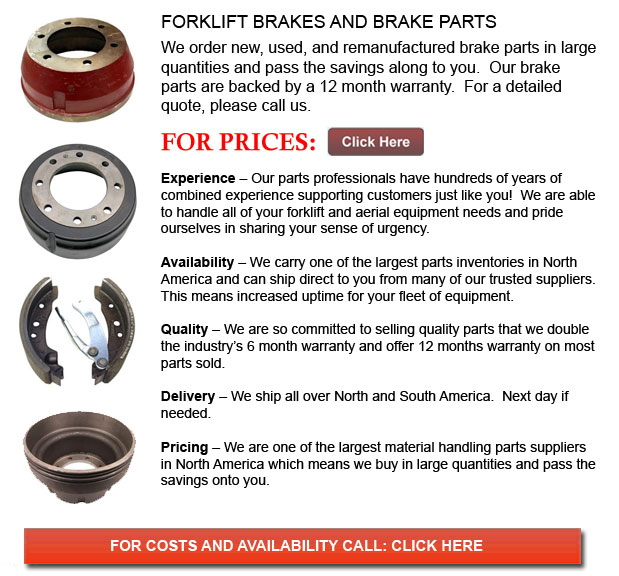
Forklift Brakes - A brake drum is wherein the friction is provided by the brake pads or brake shoes. The shoes or pads press up against the rotating brake drum. There are a few various brake drums kinds together with particular specific differences. A "break drum" would normally refer to when either pads or shoes press onto the inner surface of the drum. A "clasp brake" is the term used to be able to describe whenever shoes press next to the exterior of the drum. One more kind of brake, called a "band brake" utilizes a flexible band or belt to wrap round the exterior of the drum. Whenever the drum is pinched in between two shoes, it could be referred to as a "pinch brake drum." Similar to a conventional disc brake, these kinds of brakes are rather rare.
Prior to nineteen ninety five, old brake drums needed constant adjustment regularly so as to compensate for shoe and drum wear. "Low pedal" or long brake pedal travel is the hazardous end result if modifications are not done satisfactorily. The motor vehicle can become dangerous and the brakes could become ineffective when low pedal is mixed together with brake fade.
There are several different Self-Adjusting systems designed for braking offered these days. They can be classed into two individual categories, the RAD and RAI. RAI systems are built-in systems that help the apparatus recover from overheating. The most well known RAI manufacturers are Lucas, Bosch, AP and Bendix. The most famous RAD systems consist of Volkswagen, VAG, AP, Bendix and Ford recovery systems.
The self adjusting brake would normally only engage if the lift truck is reversing into a stop. This method of stopping is acceptable for use where all wheels use brake drums. Disc brakes are used on the front wheels of motor vehicles today. By functioning only in reverse it is less possible that the brakes would be applied while hot and the brake drums are expanded. If adapted while hot, "dragging brakes" could take place, which raises fuel expenditure and accelerates wear. A ratchet tool that becomes engaged as the hand brake is set is one more way the self repositioning brakes can work. This means is only suitable in applications where rear brake drums are utilized. Whenever the emergency or parking brake actuator lever goes beyond a specific amount of travel, the ratchet advances an adjuster screw and the brake shoes move in the direction of the drum.
Situated at the bottom of the drum sits the manual adjustment knob. It could be tweaked using the hole on the other side of the wheel. You would have to go underneath the vehicle along with a flathead screwdriver. It is really essential to adjust each and every wheel evenly and to move the click wheel properly for the reason that an unequal adjustment could pull the vehicle one side during heavy braking. The most efficient way in order to make certain this tiresome task is completed safely is to either lift each wheel off the ground and hand spin it while measuring how much force it takes and feeling if the shoes are dragging, or give each one the same amount of clicks using the hand and then perform a road test.
![]() Click to Download the pdf
Click to Download the pdf
Forklift Parts
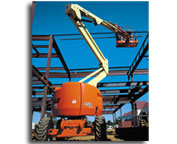
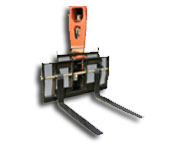
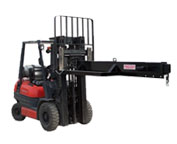
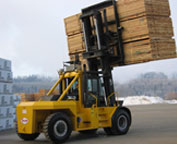
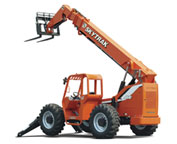
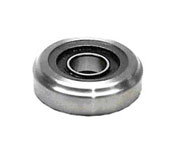
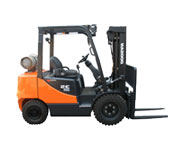
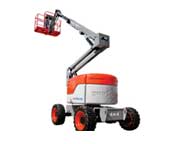
Lift Parts Express
TOLL FREE: 1-888-695-7994
Grande Prairie, Alberta
forkliftpartsgrandeprairie.ca
Email Us
About Us


